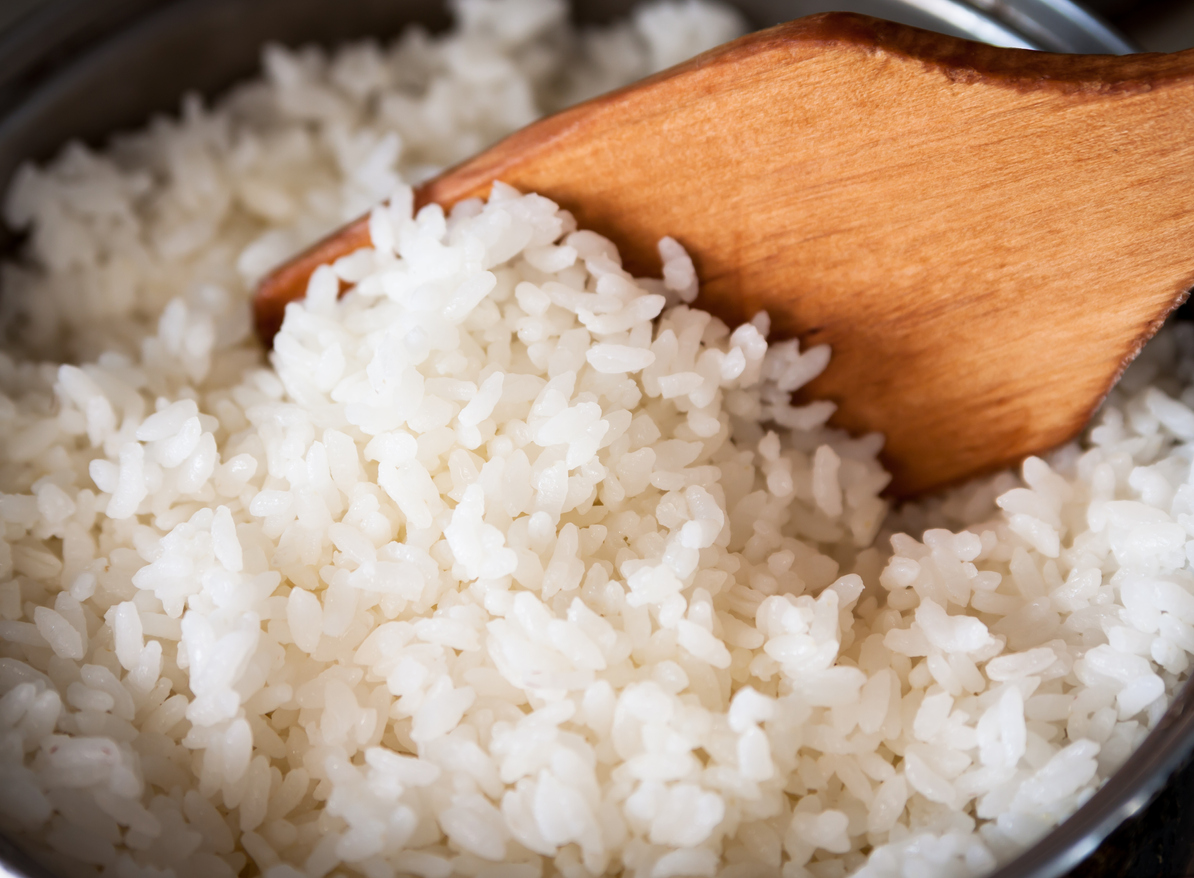
Reducing Arsenic Accumulation in Rice With Gene Editing
February 14, 2024| |
Nanjing Agricultural University scientists explored using gene-editing tool CRISPR-Cas9 to minimize arsenic build-up in rice grains. Environmental Science and Technology journal reports their findings.
Rice, the top staple for many countries, is exposed to inorganic arsenic in the soil. Reducing the build-up of arsenic in rice grains is vital in delivering safer rice grains. The researchers edited the genes involved in silicon uptake in rice roots to reduce arsenic absorption. The transporters genes for silicon uptake, OsLsi1 and OsLsi2, also inadvertently take up arsenic in soil water. Thus, they edited the promoter region of OsLsi1 and the coding sequence of both genes, generating 27 mutant rice lines.
The researchers reported that deleting a portion of the promoter region of OsLsi1 led to reduced silicon uptake, without impacting arsenic uptake of arsenic levels in the grains. Mutations in both OsLsi1 and OsLsi2 coding sequences led to decreased silicon and arsenic uptake and silicon accumulation in husks. OsLsi2 mutations did not affect rice yield.
Know more findings in the Environmental Science and Technology journal.
| |
You might also like:
- Researchers Find Gene Involved in Arsenic Resistance in Poplar
- Role of OsABCC1 in Arsenic Accumulation Reduction in Rice Grain
- Scientists Study the Function of OsPT4 in Arsenic Uptake in Rice
Biotech Updates is a weekly newsletter of ISAAA, a not-for-profit organization. It is distributed for free to over 22,000 subscribers worldwide to inform them about the key developments in biosciences, especially in biotechnology. Your support will help us in our mission to feed the world with knowledge. You can help by donating as little as $10.
-
See more articles:
-
Plant
- Researchers Uncover Molecular Cascade to Boost Cotton Tolerance to Cadmium
- Reducing Arsenic Accumulation in Rice With Gene Editing
- Researchers Report Pivotal Enzyme for Photosynthesis and Yield Improvement in Cotton
- OFAB Calls for an End to Misleading Information on GM Crops
- GE Purple Tomato Seeds Now Available to Home Gardeners in the US
- European Parliament Votes to Support Proposal on NGTs
- Philippines Advances to the Third Decade of Yellow Corn Production
-
Food
- Pinoy Biotek Seminar: PCR Based Detection Kit for Salmonella on Meat
-
Health
- New CRISPR Tool Identifies Chromosomal Integration Sites
-
Read the latest: - Biotech Updates (December 17, 2025)
- Gene Editing Supplement (December 17, 2025)
- Gene Drive Supplement (February 22, 2023)
-
Subscribe to BU: - Share
- Tweet

